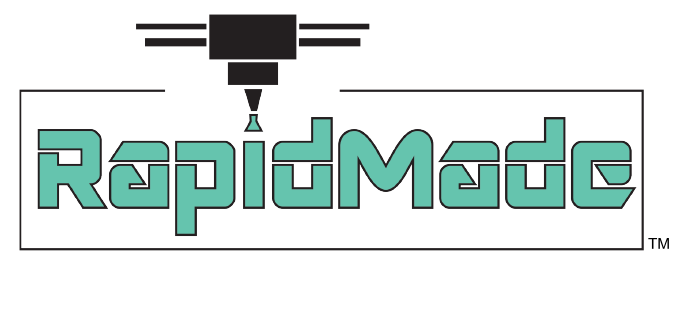SIEVGEN 400-US: Photo Credit - Farleygreene
When I worked for Nabisco, we had large robust sieves that would prepare flour being drawn from our 7-story flour towers prior to discharging into the weigh scales and mixers - several hundred pounds each batch. The contraptions looked like very large metal boxes that shook and rotated violently to sieve the flour. So it makes sense to me that a similar process would be recommended to pre-treat metal powders before being sintered into a 3D print.
In fact, a couple of challenges using powders in manufacturing processes are material purity and particle size. Apparently Farleygreene has introduced its SIEVGEN 400-US specifically to address these concerns for DMLS additive manufacturing.
“According to Farleygreene, when in normal use the system provides for a completely sealed and dust tight process. The feed hopper is docked into place to feed the sieve unit with a self-sealing interface and the media is introduced through an internal metering device designed to ensure the optimum screen dwell time to recover as much useable material as possible.
Oversize powder is continuously removed and ‘good’ product falls through the ultrasonically excited mesh. The screened media is filled into a receptacle locked into place on a mobile dolly to reduce manual handling as much as possible and allow the operator to move the product to where it is required.”
When you are hitting a potentially explosive metal powder with a laser, powder consistency and purity are obviously important material attributes to control.
















